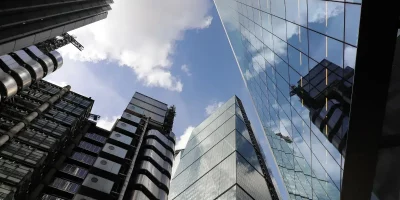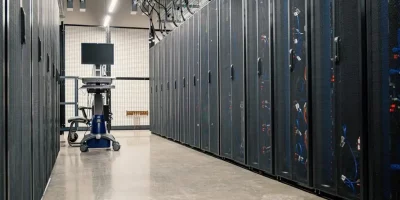Are you confident that your fire suppression is all in good order? Ask this of most data centre managers and the answer will be a confident “yes”. Every responsible DC manager will conduct regular tests of their fire suppression system including cylinder levels and pressure checks, alerts and sensor tests. Outside of this, they should also have well documented fire procedures, that all team members are aware of, and know how to execute them, including individual roles and procedures for the switch-over to redundant sites. All of which should also be part of the wider disaster recovery plan.
These are all important operational factors, but over the last 12 months we seen examples of other areas of fire suppression that are often overlooked.
In the first case, a DC owner contacted us because their fire suppression system activated, extinguishing a small fire, that could quickly have developed causing serious damage to their data centre. Whilst everything activated as it should and wider business operations were unaffected, they were then without any fire suppression system as they did not have a spare cylinder already in stock. It took weeks to get a replacement, no doubt partly due to the pandemic, but in the meantime, they were uninsured with no protection against another incident, however unlikely or unlucky that would have been.
The second example, which is one we have seen on more than one occasion, is where a data centre has failed to comply with the requirement to replace fire suppression cylinders every 10 years. This is because over time a cylinder can rust or joints can become cracked which will make the cylinder less able to withstand the pressures it is used under, which could be up to 300bar. This is a critical action, not only because it is a legislative requirement, but it could affect insurance and lead to a situation where fire suppression is not activated properly, leading to an unprotected data centre.
Cylinders are therefore required to be removed and re-tested every 10 years, but because this would cause disruption to the end user, we always recommend that the cylinders are replaced with new or Service Exchange Cylinders.
In the EU testing comes under the Pressure Equipment Directive (97/23/EC), the Transportable Pressure Equipment directive (1999/36/EC) and The Carriage Regulations as stated in the relevant Standards in the UK:-
- BS EN 1968:2002, British Standards for Transportable gas cylinders – Periodic Inspection and testing of seamless gas cylinders
- BS EN 1802:2002, British Standards for Transportable gas cylinders – Periodic Inspection and testing of seamless alloy gas cylinders
- BS EN 1803:2002, British Standards for Transportable gas cylinders – Periodic Inspection and testing of carbon steel gas cylinders.
Neither of these examples are uncommon, so please check that your fire suppression processes are up to date, and if you don’t already, consider stocking spare fire suppression cylinders that can quickly be connected, once a system has been activated.
You can learn more about a fire suppression maintenance services on this page of our website.






